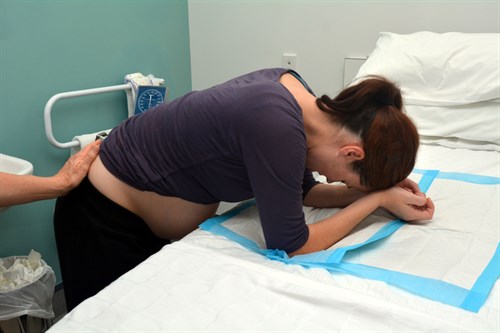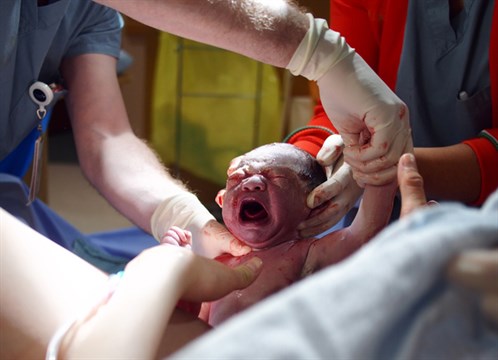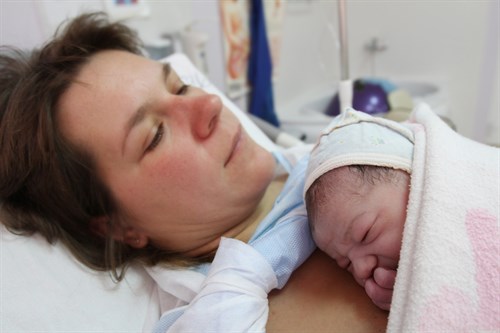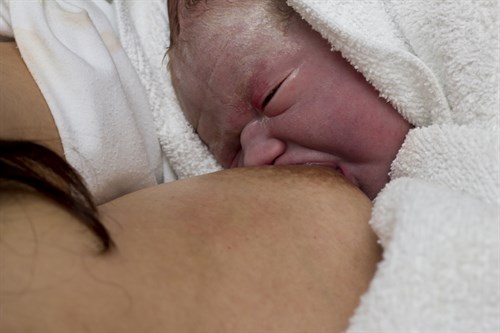Expectant mums, are you nervous yet excited about the birth of your child? Knowing what to expect and being prepared can ease your mind to a certain extend.
So keep reading to know everything you need to know about the different stages of labour.
First stage
1. Early labour
The first stage of labour comprises or three parts and early labour is the first. This happens when your cervix starts to thin out gradually and dilates. At this stage, you will may start to feel contractions but not quite at a regular interval.
This stage is quite tricky to determine because some pregnant women can go into ‘false labour’. It all depends on the pain threshold of each woman.
While some women don’t feel any pain and manage go about their normal routines, others feel quite a lot of discomfort even though their cervix hasn’t started dilating yet.
At this stage it is important to let your doctor know what you are experiencing. You would either be advised to wait till contractions get stronger or go to the hospital immediately.
2. Active labour
To most women active labour could be the single most trying thing that they have ever experienced. Not only will the contractions be stronger but it would start occur quite close apart.
At this point your cervix would be dilated from 4 centimetres up to 7 centimetres. Active labour can last from a few hours up to a day depending on the mother and the baby.
Make sure to keep yourself comfortable by practising different relaxation and breathing techniques. If you feel comfortable standing up and pacing instead of lying on the bed, go ahead.
It is also a good idea to have an appointed birthing partner who will make sure you are comfortable and help you remember the breathing techniques.
3. Transition
When cervix has dilated between 7 to 10 centimetres, you would be in transition to the second stage of labour. Some say this transition stage is the most painful time of labour and could result in a lot of tears and swearing.
During this time contractions would double in frequency and intensity. You might also feel really tired, annoyed and really uncomfortable but try not to lose hope. Like all trials – this too shall pass.
Second stage – delivery of the baby
As soon as your cervix is at 10 centimetres and fully dilated, you would be in the second stage of labour. At this point, the baby will slowly make its way to the birth canal, pushed through with each contraction.
With each strong contraction, you will be asked to push. So muster up all your strength and push. The length of this labour stage depends on the size of the baby. Bigger babies often tend longer to deliver.
Third stage – Placenta delivery
After the baby has been delivered, it is time for the placenta to be delivered. You may have to wait about 15 to 30 minutes before it’s time to push the placenta out.
At this point, you’ll still feel mild contractions but nothing you can’t handle considering what you just went through.
Fourth stage – recovery
With the baby successfully delivered and the placenta flushed out from your body, you can now begin to relax. This is the best time to start breastfeeding.
Breastfeeding now will ensure your new baby gets the super-nutritious colostrum and from the moment you start breastfeeding, your uterus will start to contract making sure you are well on your way to recovery.
Do you know that an average baby will need 1057 nappy changes in the first 6 months? Get exclusive promotions and free diaper samples by joining the Huggies Club now! As a member, you can also gain exclusive access to the Huggies Forum and connect with experts to get more personalized pregnancy and parenting advices.
Last Published* April, 2023
*Please note that the published date may not be the same as the date that the content was created and that information above may have changed since.







